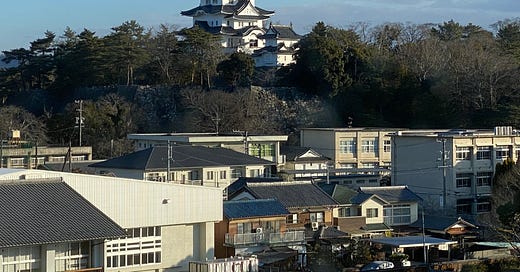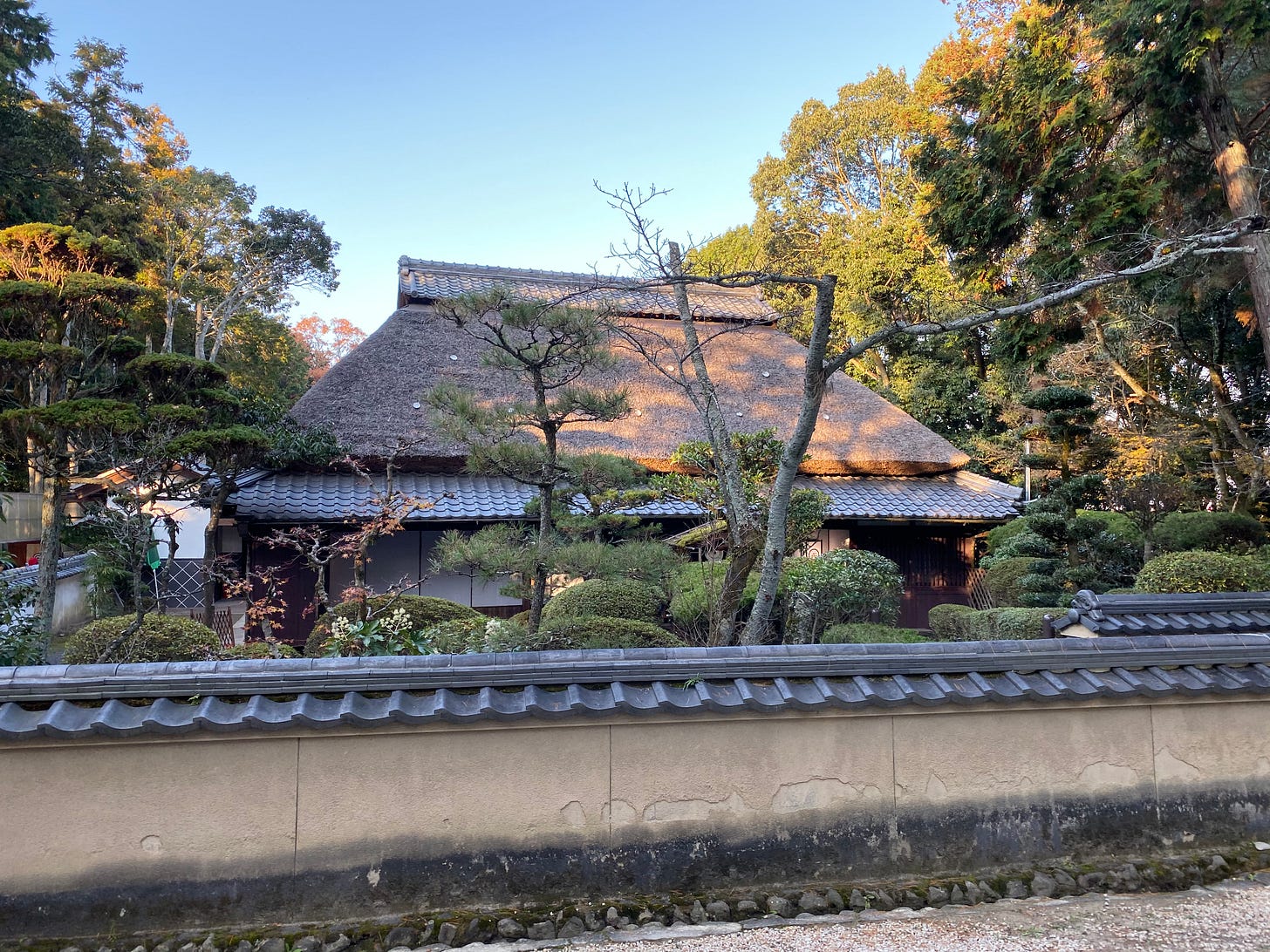Iga City in Mie Prefecture has long been recognized as ninja country. Within the grounds of Iga Ueno Castle is what appears to be an old, thatched roof farmhouse. But just like a true ninja of yore, looks can be deceiving. The old house is in fact part of the The Iga-ryu Ninja Museum, dedicated to the history and culture of the ninja.
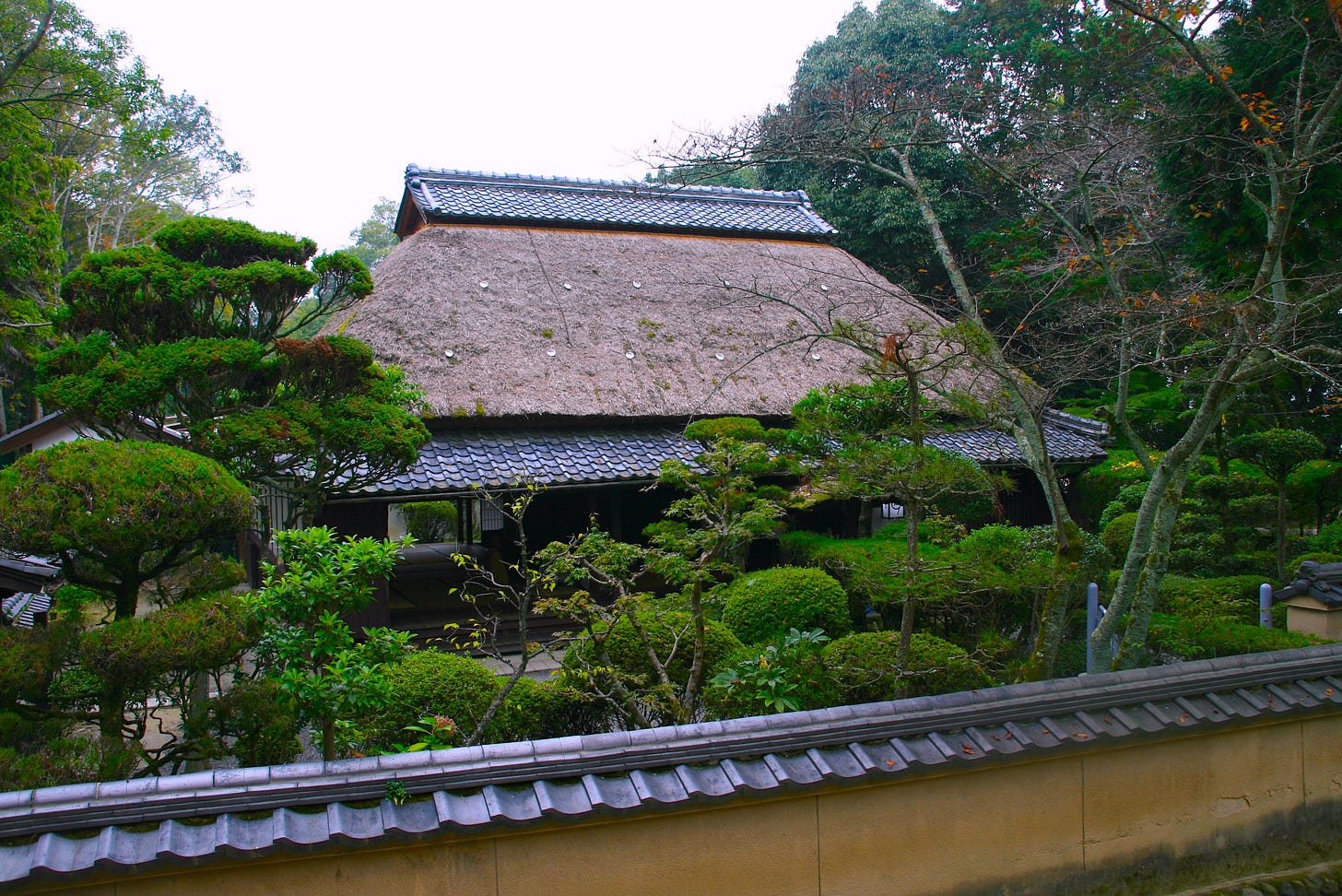


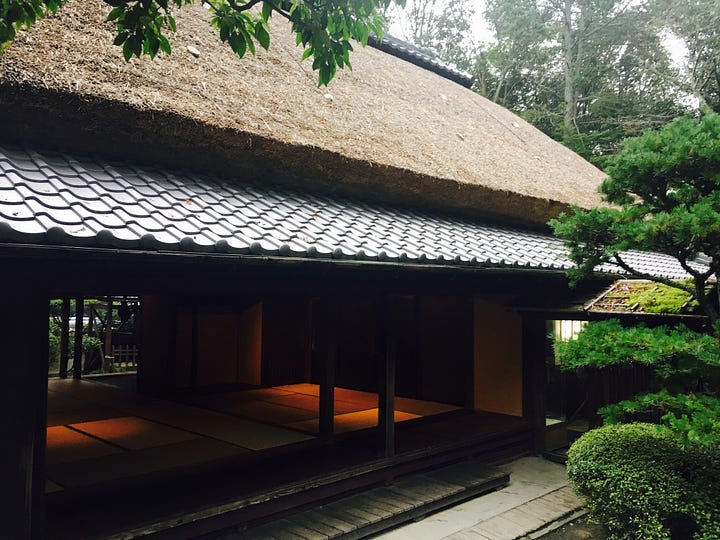
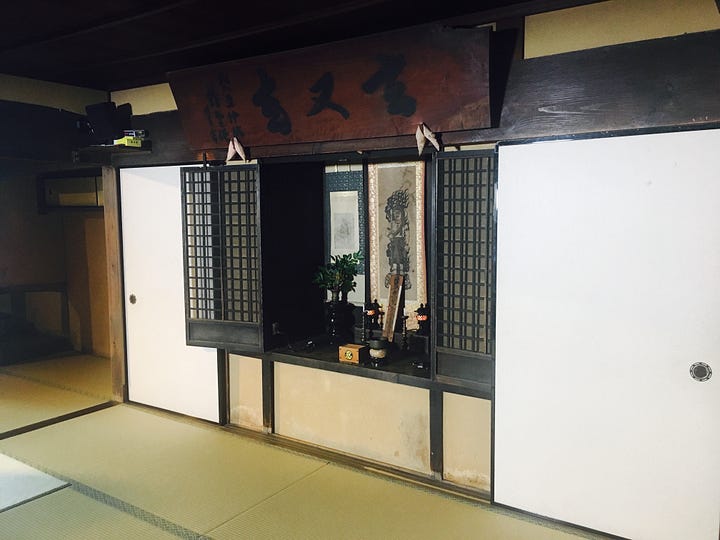
The house wasn’t always part of the castle precincts. In 1964, an old Edo period privately owned farmhouse from Takayama, in the former Ueno City (now Iga City) was purchased, dismantled and relocated to the Iga Ueno Castle grounds to be rebuilt and operated as the Iga Ueno Ninja House by locally based ninja researcher Okusae Heishichiro. When the house was rebuilt, there were a few additional features added to it, such as the revolving door in which a ninja trying to escape could make it appear as though he was able to pass through a solid wall, and the hidden weapons caches below the floorboards at the rear of the property, amongst others. Japan had long enjoyed a healthy appetite of all things ninja, and about that time, the first overseas ninja boom was starting to emerge with the release of the Japanese TV Series Onmitsu Kenshi being screened on Australian televisions as “The Samurai”. Three years later, British spy James Bond came to Japan in “You Only Live Twice” and lit the fuse on the traditional Japanese spies, igniting a ninja explosion in America and the UK. The Iga-ryu Ninja House quickly became a popular tourist destination for ninja fans across Japan and the world. In fact, when James Bond writer Ian Flemming was writing You Only Live Twice, he was imagining not Himeji Castle, depicted in the movie as the “Secret ninja training facility north of Tokyo”, but the Iga-Ueno Castle and the Ninja House.

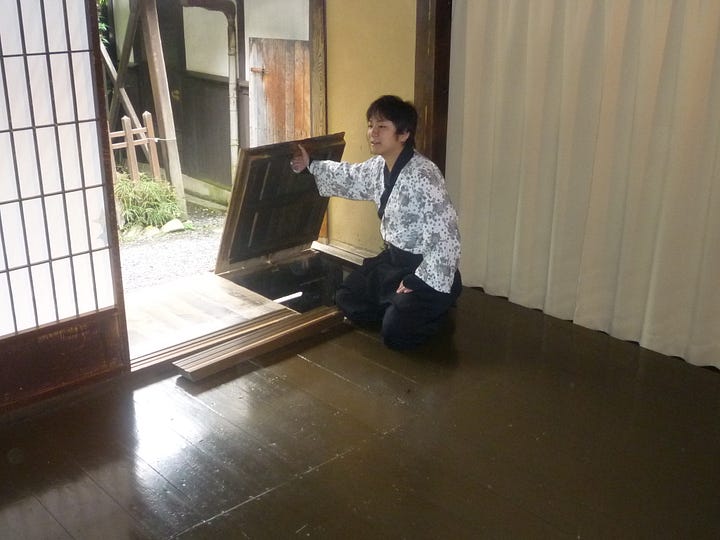
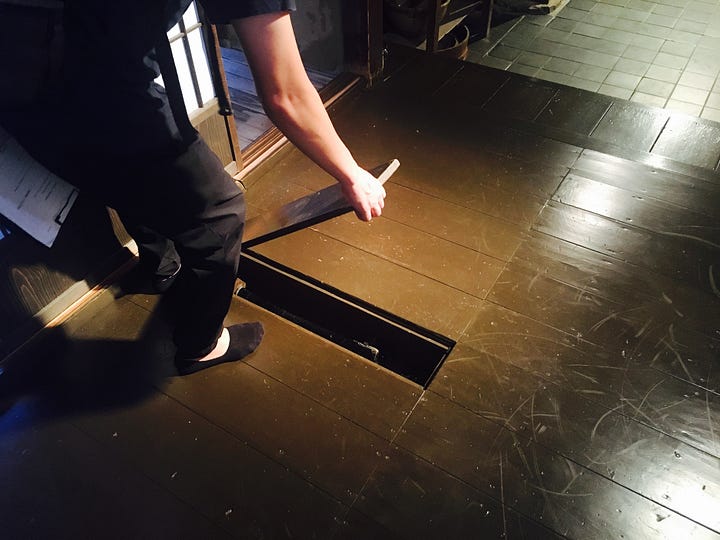
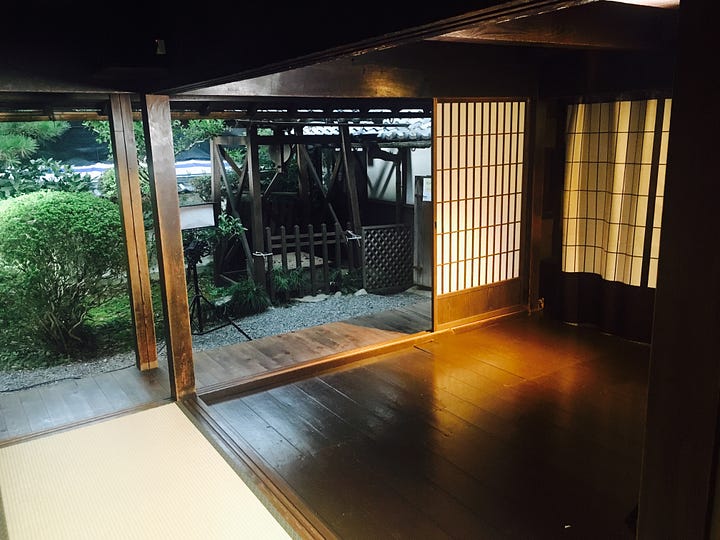
The facility was expanded, and the name was changed to its current Iga-ryu Ninja Museum in 1998. An experiential ninja theme park based on the old ninja stories and recreating the Iga-ryu Ninja training practices was opened in 2007, however this closed in March 2010. The following year, Mie Prefecture officially certified and registered the museum under the Museums Act.
The facility consists of the Iga-ryu Ninja House, the Ninja Experience Hall, and the Ninja Traditions Hall. Guides and staff at the Iga-ryu Ninja House dress in the traditional ninja attire of black, and demonstrate various tricks, trapdoors, escape hatches and hiding spots featured within the ninja house. Many of the recreated scenes in the NHK World TV series Ninja Truth (many episodes are available online, on demand, simply search for NHK World Ninja Truth and enjoy!) were filmed in and around the Iga-Ryu Ninja House.

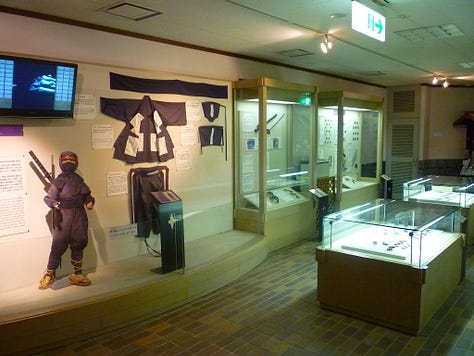
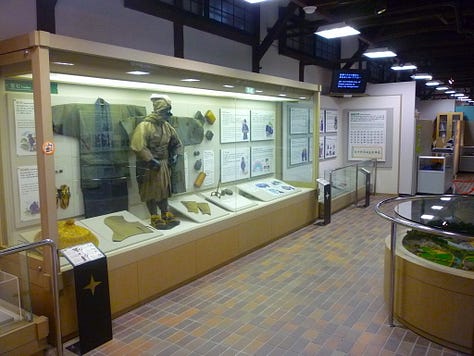
The Ninja Experience and Ninja Tradition Halls just behind the Ninja House are a little more educational, but just as entertaining. Over 400 intriguing ninja items including ninja tools, ninja weapons, ninja equipment, ninja texts, what is promoted as ninja armour, as well information on the work undertaken by the ninja, their secret lives and ninja wisdom is all on display.
The Ashura Ninja performance team demonstrate exciting ninja moves, tricks, weapons and items, inviting the public to try their hand at throwing real iron ninja stars or shuriken. They make throwing shuriken look easy, but they're quite a difficult weapon to master. Besides the ninja tools and materials are videos introducing ninjutsu. Ninja goods, books and souvenir items are also sold. Master Kawakami Junichi, the 21st head of Iga-ryu Ninjutsu serves as the honorary director of the museum.
Incidentally, on August 17, 2020, in the early morning hours, thieves broke into the Ninja Museum, and within three minutes, stole a 150 kg safe containing over one million yen of admission fees! Sounds like the work of Ninja to me!

